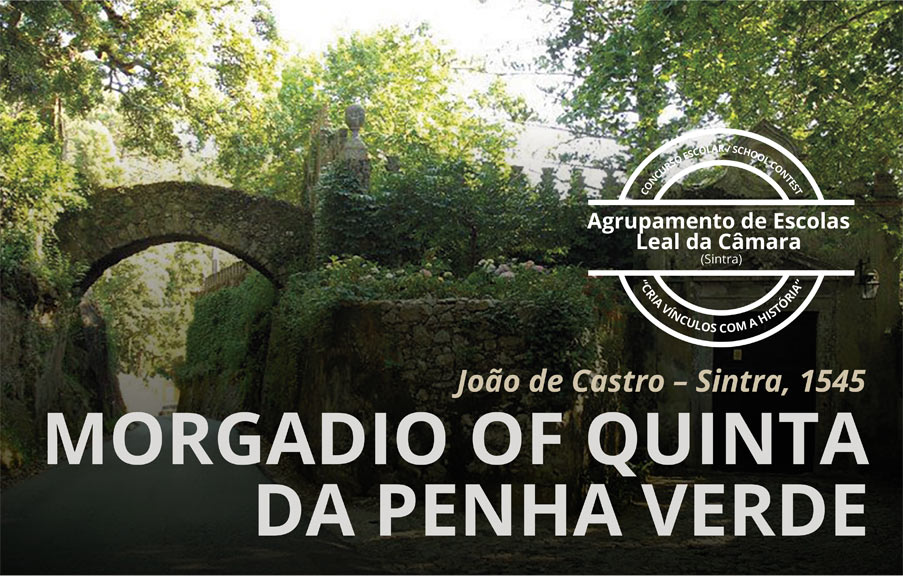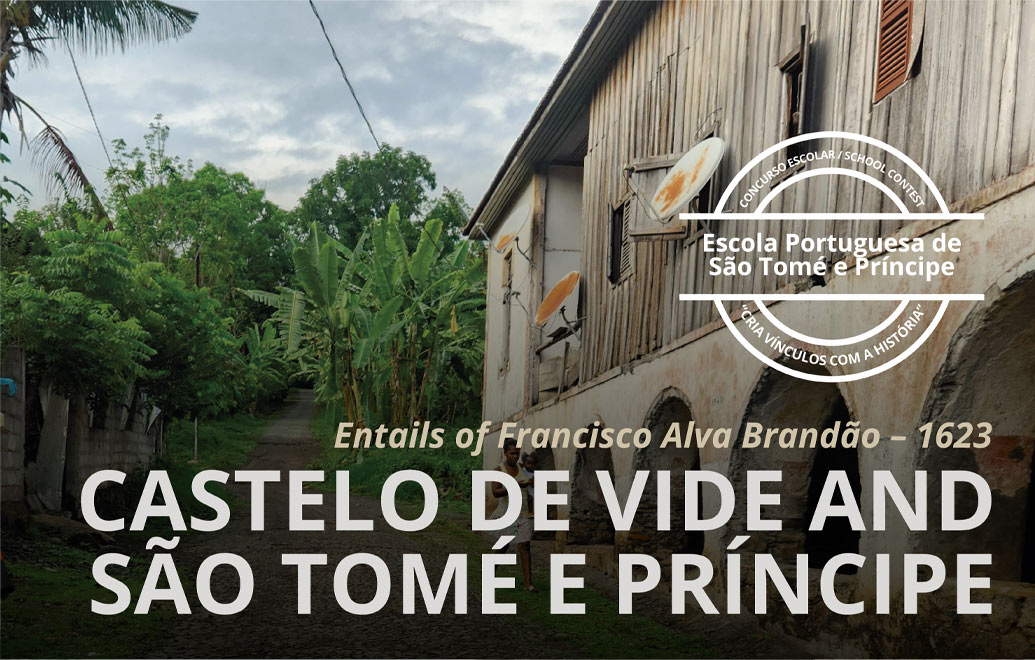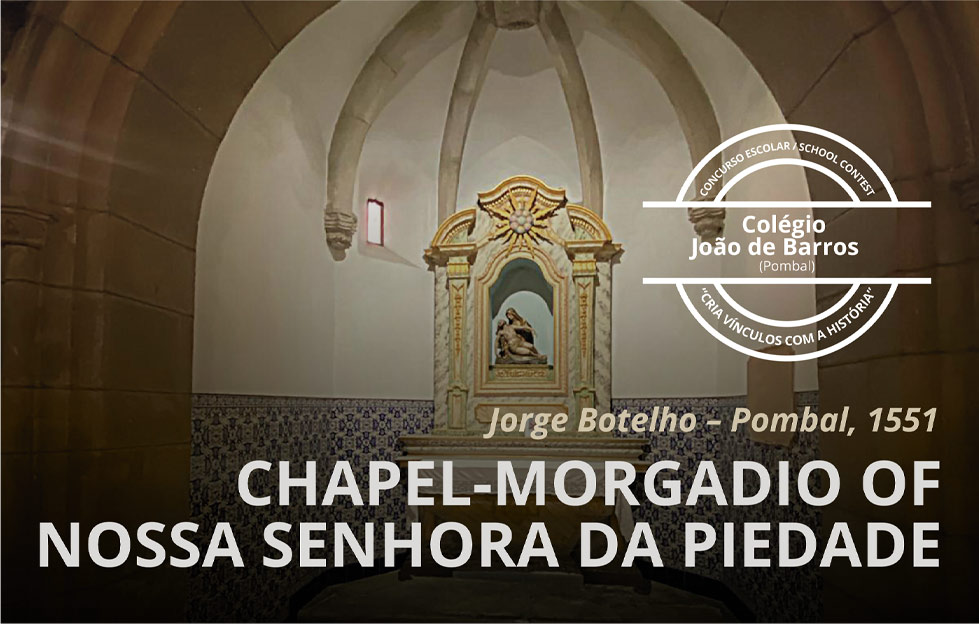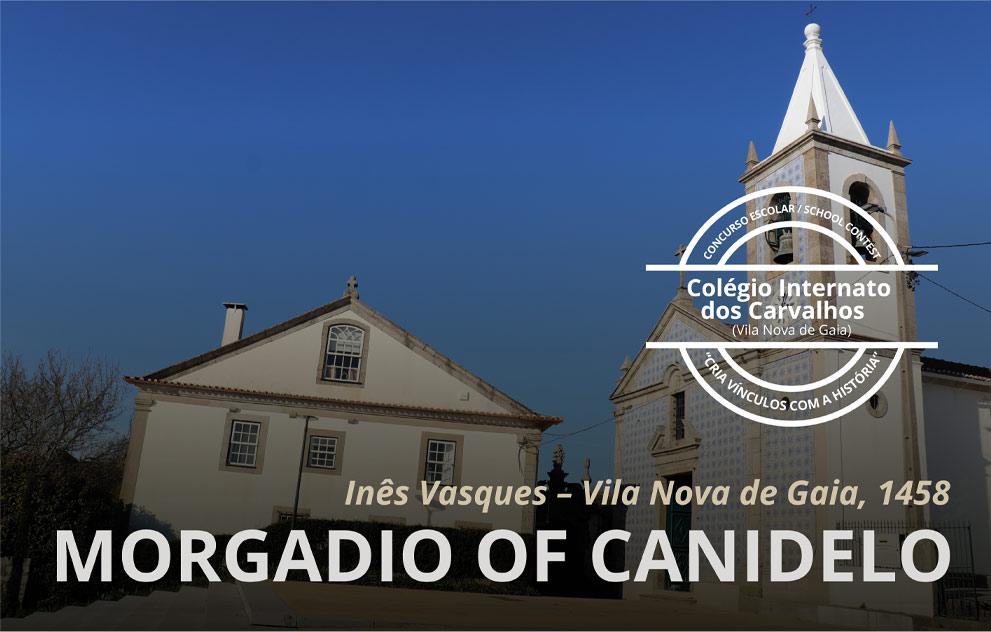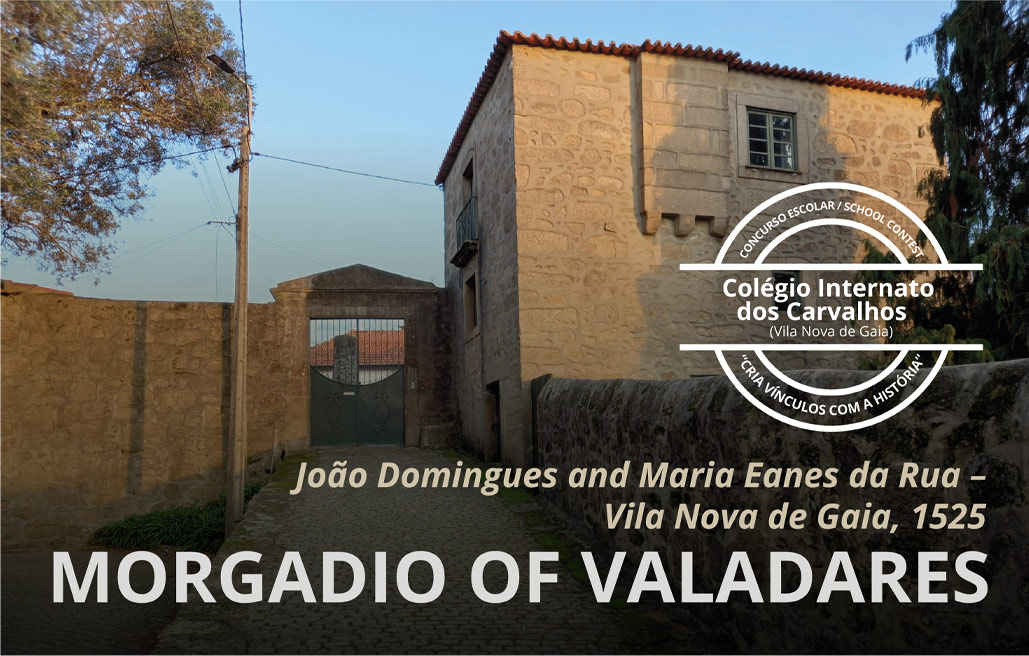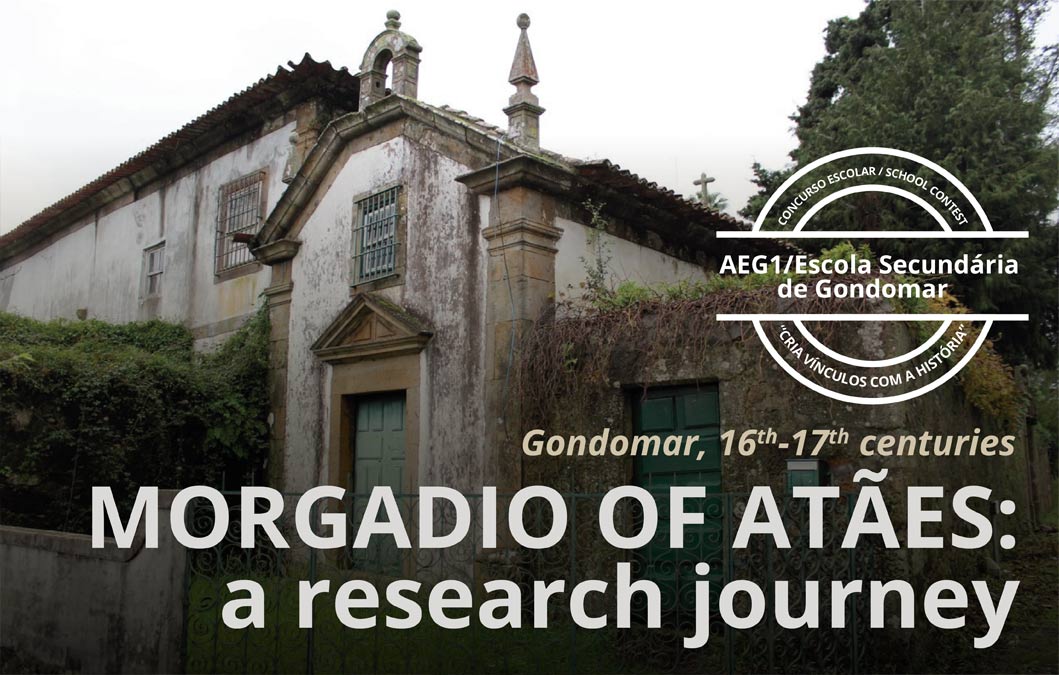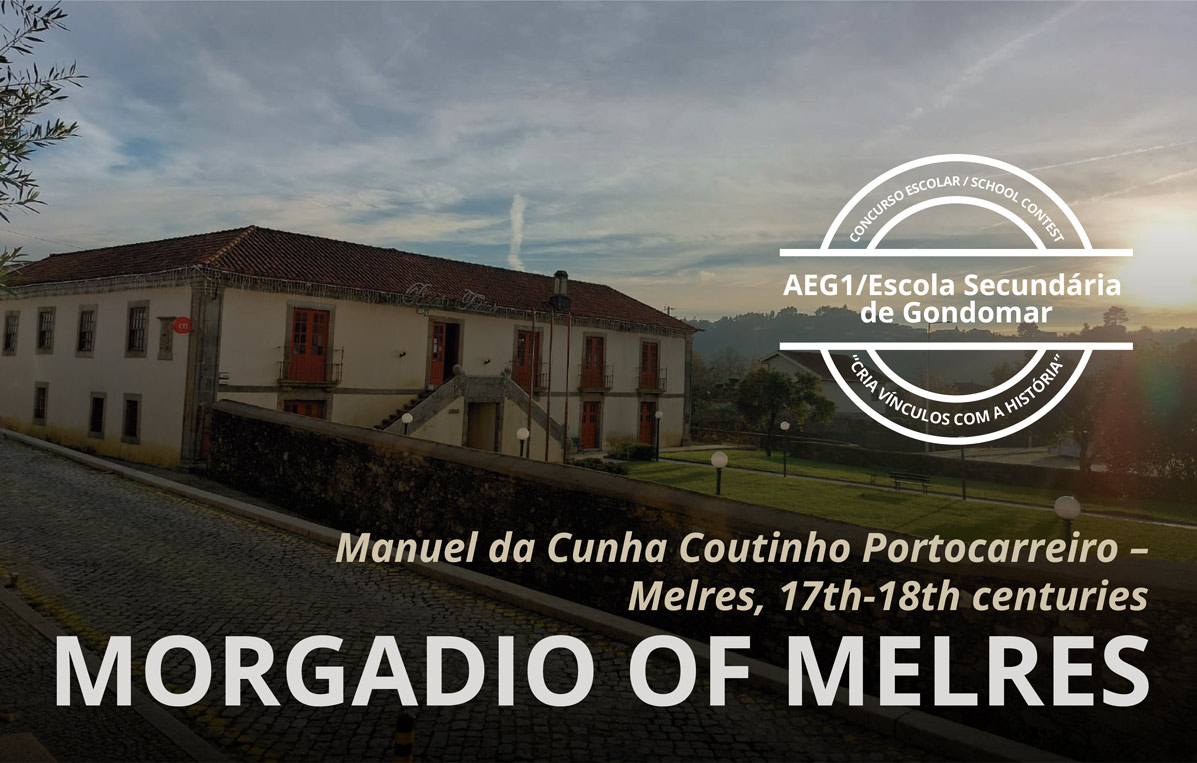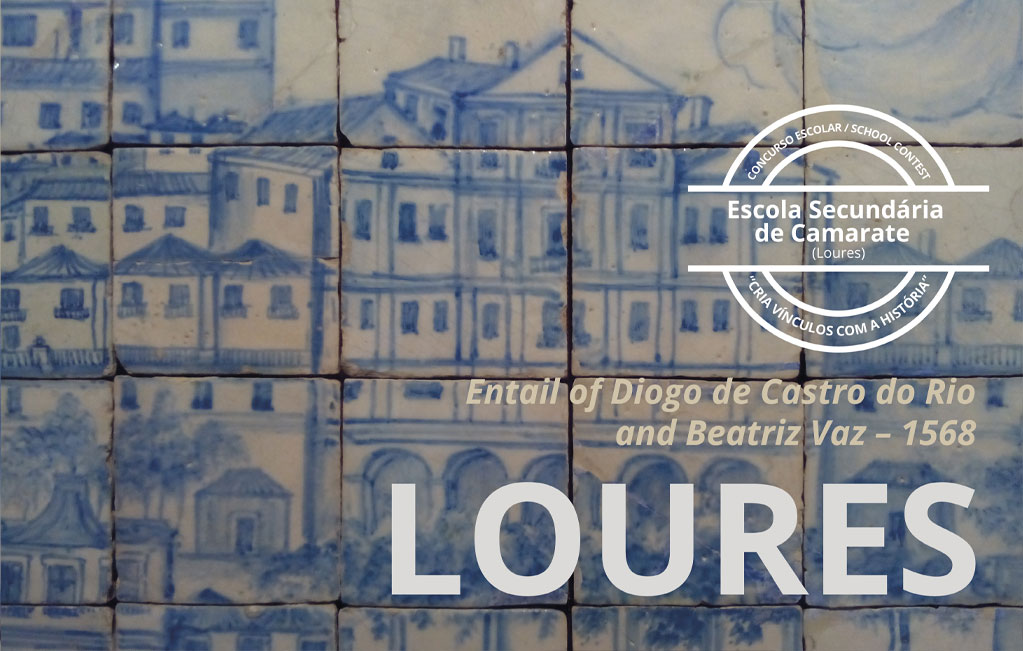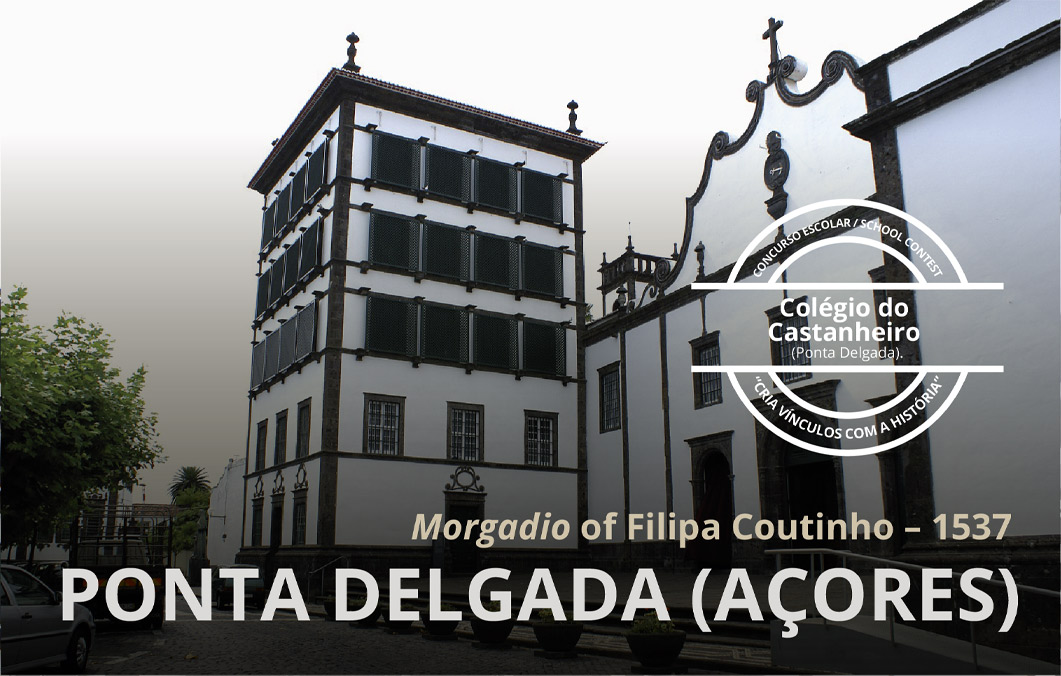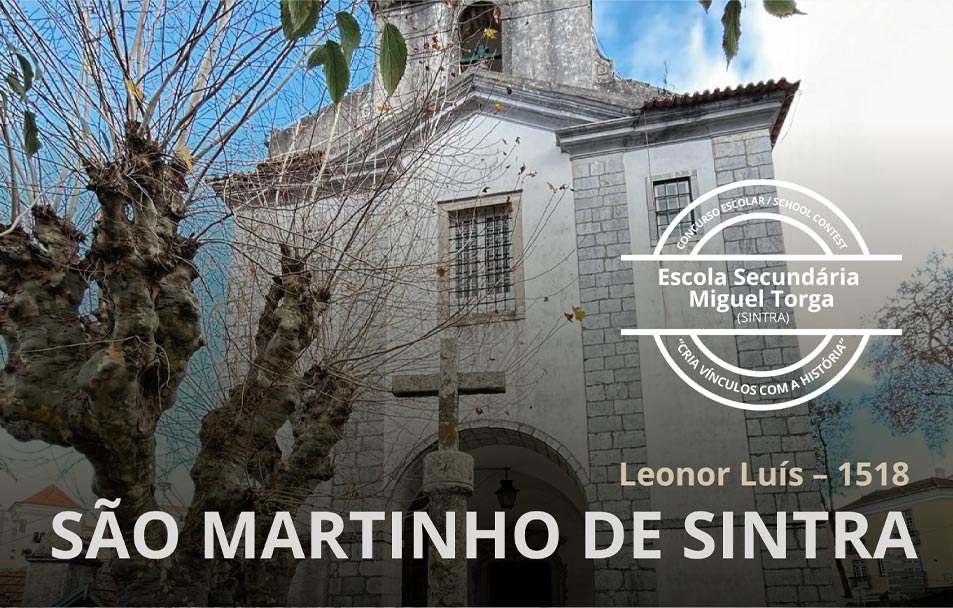Entail of the month (June, 2022)
Coimbras’ chapel, by João de Coimbra
Braga, 1530
Next to the church of São João do Souto in the city of Braga, a chapel rises topped by a tower. It is dedicated to Nossa Senhora da Conceição (Our Lady of the Immaculate Conception). The building, finished in 1525 (VASCONCELOS, 1995, p. 65), was commissioned by João de Coimbra, a leading figure in the Braga cathedral chapter at the time of archbishops as illustrious as Diogo de Sousa. João de Coimbra, the owner of vast property, decided to entail his estates, thereby initiating a family and pious project typical of the social elites of the time. Dating from 1530, the foundation charter followed a royal license granted in 1527, which authorised the founding of an entail on the condition that the administrators were always laymen (Arquivo Distrital de Braga, Mitra Arquiepiscopal de Braga, Juízo dos Resíduos, 1.º Ofício, Livros de Registos, Livro 8.º, fls. 235-244v).
Sitting between landed estates and urban properties, the chapel enjoyed a central position within the entail. The founder and administrators were buried close to Braga cathedral. Detailed rules were set: weekly masses and an annual mass on the day of Our Lady of the Conception were to be performed, in which the chaplain should read the foundation charter aloud, “so that each one knows what they are obliged to do and not claim ignorance”. The liturgical implements were spectacular, including a gilded silver chalice with the founder’s arms emblazoned, as they were also engraved on the chapel’s vault. The dynastic project was also defined in parallel with such pious duties, the fulfilment of which to be overseen by the archbishops of Braga. The first administrator was Cristóvão de Coimbra, the founder’s nephew, to be succeeded by a line of administrators consisting primarily of first-born sons. The founder excluded illegitimate children and clerics, per the conditions imposed by the king’s authorisation granted beforehand.
The foundation charter also contained recommendations regarding property management, namely forbidding their being granted to noblemen, knights and officers of the king. Instead, they should be given to farmers and people with mechanical trades to administer. Besides, administrators such as José de Coimbra would several times request to the Juízo dos Resíduos da Mitra de Braga permission to lease some properties, registering the contracts in the files of that ecclesiastic court, as was the case for instance in May 1680 (Arquivo Distrital de Braga, Mitra Arquiepiscopal de Braga, Juízo dos Resíduos, 1.º Ofício, Livros de Registos, Livro 9º, fls. 136-145).
A system to control the linked assets can be identified in about thirty clauses in the foundation document. This was to guarantee their security ad aeternum. Observing “examples from each day”, the founders mention that “houses that had been wealthy once suffered major setbacks” owing to weak administration, “consuming what their ancestors laboriously had put together, thus laying their legacy waste” (id., liv. 21, fol. 187). In this sense, it was required that an iron chest be placed in the Carmo Convent, containing the terças and legítimas of the entail (ibid., fol. 188) — having three keys, split between the administrator, the prior of the convent, and a judge (ibid., fol. 191v). Future administrators were obliged to write an inventory of the goods and report to the Provedor das Capelas in Lisbon (ibid., fol. 192v). Disputes were to be taken before the court of Mesa da Consciência e Ordens, the assets being immediately seized, and the case handed over to the younger judge, deemed less susceptible to corruption (ibid., fl. 192).
This strategy produced extensive documentation, including the register of the chapel’s accounts, with over 200 years of suffrage prayers noted (ANTT, Hospital de São José, escrivão Botelho, mç. 38, nr 1, cx. 594) and the properties inventories. Today, they are very useful to research on this entail (ANTT, Feitos Findos, Juízo dos Órfãos de Lisboa, mç. 107, nr 7).
The foundation deed decreed that “to this said morgadio and morgadios shall not succeed a natural or spurious son or daughter, nor the descendants of friars and nuns, nor any religious people (…) expect for (…) António de Barona” (ANTT, Chancelaria de D. Filipe III, liv. 21, fol. 180v). However, António’s status as a member of the clergy gave rise to a complex legal process. António Serrão, “an official in the cabinet of Pedro Lamirantes, clerk of the Crown”, said publicly and “with the greatest scandal and outcry” (ibid., fol. 196v) that he would denounce the morgadio, mentioned above, for a churchman had been called to administer it. The dispute comes out as quite extraordinary. The founders were threatened and feared that the entail would be considered vacant after their death, its administration going to whoever claimed it before the Juízo das Capelas. The founders believed the issue to be one of “future rights” – the Crown prosecutor, Tomé Pinheiro da Veiga, regarding it as “imaginary” and “extraordinary” (ibid., fol. 197). As such, it was intended to demand the complainant immediately. In addition to António Serrão withdrawing, “because he understood that he had no action against them, either now or in the future” (ibid.), the legal decrees unanimously considered that it would be enough for the king to confirm the institution and to have all the documents produced transferred to the royal chancellery, which happened in 1630, since “there was nothing in it that offended my [the king’s] laws” (ibid.).
According to Maria da Assunção Jácome de Vasconcelos, until the eighteenth century the succession of the entail always fell on the next male descendant in line. It ended with José de Coimbra de Andrade, to whom succeeded his sister Serafina de Coimbra, married to João Queiroz Botelho Vasconcelos (VASCONCELOS, 1995).
Nowadays, the chapel and the Coimbra family home are two connected buildings. However, originally the house was located about 100 metres away from the present location. In 1903, due to urban developments, the Braga City Council expropriated the land, dismantled the building and handed the construction materials over to the owner, José Maria de Queiroz e Lencastre. Only in 1924 was the building rebuilt, inspired by the original layout, in the location where it remains today (VASCONCELOS, 1995, p. 66). But time and change have made themselves felt not only in the house. Initially, the chapel was also connected to the church of São João do Souto. This building would suffer profound change during the eighteenth century, at which point the two buildings became separated (LACERDA, 1923, pp. 485-528).
Despite these transformations, the disappearance of a social order that valued entails, and the latter’s abolition in the nineteenth century, the unity between the house, chapel and descendants has continued to fulfil a social function. Now restored, the garden and chapel are open to the public. Every year, the representative of the entail succession, along with relatives, continue to gather at the mass celebrated yearly on 8 December, following a desire expressed by the founder some five hundred years ago (http://casadoscoimbras.blogspot.com/).
Miguel Aguiar (in collaboration with Casa dos Coimbras)
Coordination: Rita Sampaio da Nóvoa
Sources and bibliography
Arquivo Distrital de Braga, Mitra Arquiepiscopal de Braga, Juízo dos Resíduos, 1.º Ofício, Livros de Registos, livros 8.º and 9.º
LACERDA, Araão de – A Capela de Nossa Senhora da Conceição. Revista da Faculdade de Letras da Universidade do Porto. 5/6 (1923), pp. 485-528.
VASCONCELOS, Maria da Assunção Jácome de – A Casa dos Coimbras. FORUM. 18 (1995), pp. 63-80.
Other entails of the month



